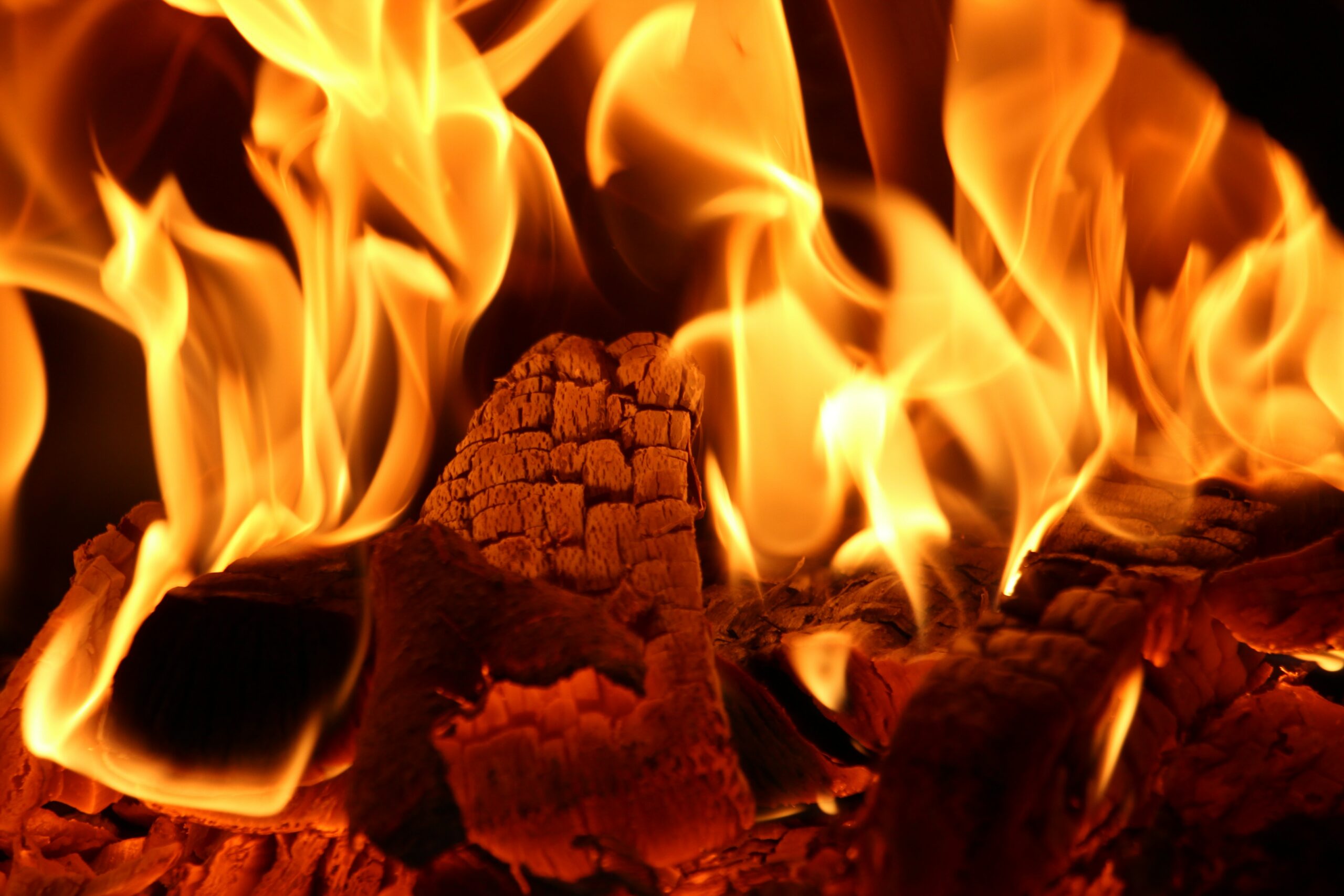Keeping your wood burning stove burning can help you keep your home warm and cozy. If you are struggling to keep your wood stove burning, you’re in the right place.
We want to ensure that you can keep your stove burning for longer, safely, and efficiently.
Table of Contents
How to Keep a Wood Burning Stove Burning?
If you are tired of constantly lighting and relighting the fire in your wood burning stove, use the following tips to keep it burning for longer.
Dry, seasoned wood burns longer:
The right amount of good firewood with good fire-building techniques is required for an efficient, hot fire. You should season your firewood for at least six months to get better, cleaner-burning logs for your wood burner stove. Ensure you store wood outdoors, off the ground, with only the top covered as covering the sides traps in moisture.
Firewood burns best at a moisture content of less than 20%. You can test the wood with a wood moisture meter to ensure it is less than 20% before you burn it. Do not burn wet or green (unseasoned) wood.
To start your fire, you should use newspaper, dry kindling, or all-natural fire starters. Alternatively, you can install a natural gas or propane log lighter in your open fireplace.
Use large pieces of firewood:
While large pieces of firewood take longer to light, they will burn for longer periods.
- Place smaller pieces of firewood underneath larger pieces to ignite the larger pieces
- Make sure your large log will fit inside the stove when laid down horizontally
This will all provide you with a longer-lasting fire.
Reignite the fire if you added kindling:
If you add newspaper or kindling to the wood burning stove, set fire to the papers using a lighter. While the newspaper burns, close the door of the stove and watch to make sure the coals turn red. If they don’t heat up/turn red, add 4 or 5 more pieces of newspaper. Relight this to add more heat to the stove and keep it burning for longer.
Open the air inlets for 15-30 minutes:
Once you’ve added the load, open the air inlets for 15-30 minutes to add oxygen to the stove to help fuel the fire as it starts. This will ensure a better fire for longer periods. Do not leave the air inlets open unsupervised because this is a fire risk.
Safe Wood Burning Stove Operation Tips:
If you’re planning on using a wood burning stove for a long time, ensuring your fire burns safely should be your number one priority. Burning wood for long periods (especially overnight) can present some problems.
- Do not burn cool or smoldering fires because this can increase the risk of a fire, so it’s not worth the longer fire you may get from doing this
- Wood burning stoves should not be left completely unsupervised
- If you really want to sleep with a fire burning, you must ensure your smoke and carbon monoxide detectors are working properly
- Bringing the flue system up to temperature in the morning by burning a hot fire can help clear out creosote that was accumulated when burning fires overnight
- Keep up-to-date with your cleaning schedule. Make sure you’re cleaning the wood burning stove and chimney on a regular basis
What Not to Burn on a Wood Burning Stove?
Using firewood from your garden or old bits of broken-down furniture may save you money when it comes to burning wood in a wood burning stove. However, using certain products can do a lot of damage and should be avoided for health and safety reasons. These products can cause damages to your wood burning stove, be a risk to your health, and be an environmental concern.
Do not use:
- Wet wood
- Greenwood
- Particle board
- Medium Density Fiberboard (MDF)
- Plywood
- Painted or varnished wood
- Pressure-treated lumber
- Saltwater driftwood
- All engineered sheet goods
- Pressboard
- Oriented Strand Board (OSB)
Burning longer fires in wood burning stoves is a great way of heating your home while helping cut carbon emissions. There are also wider benefits too (for the economy and environment). However, burning longer fires can also be a fire risk if they aren’t done properly.
–
You can use the above tips to keep your fires burning longer, but make sure you follow our safety tips as well!
We hope this helps, and for everything else home heating, stick with CosyWarmer.com

